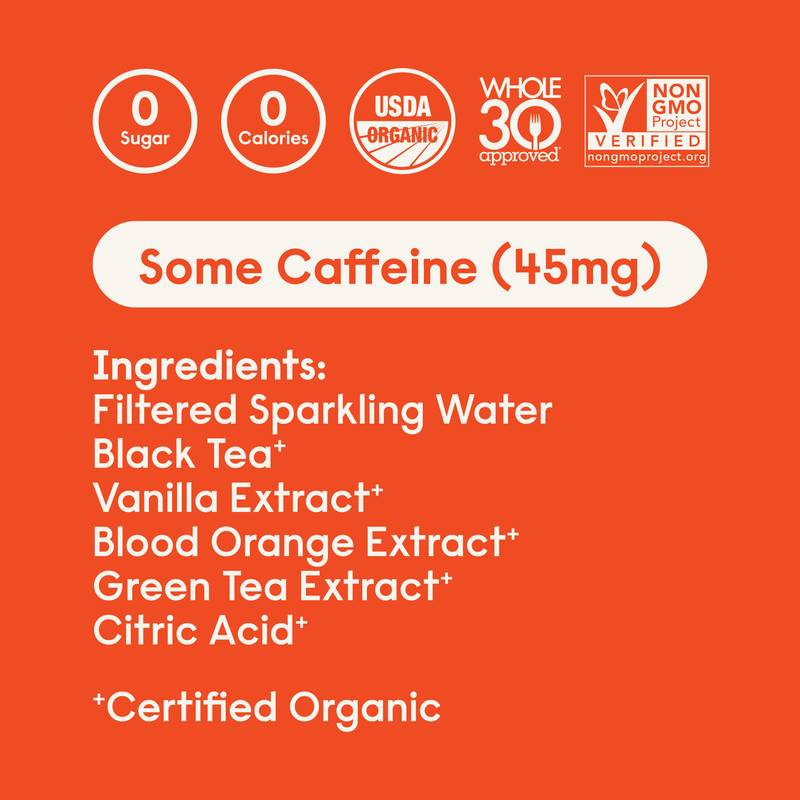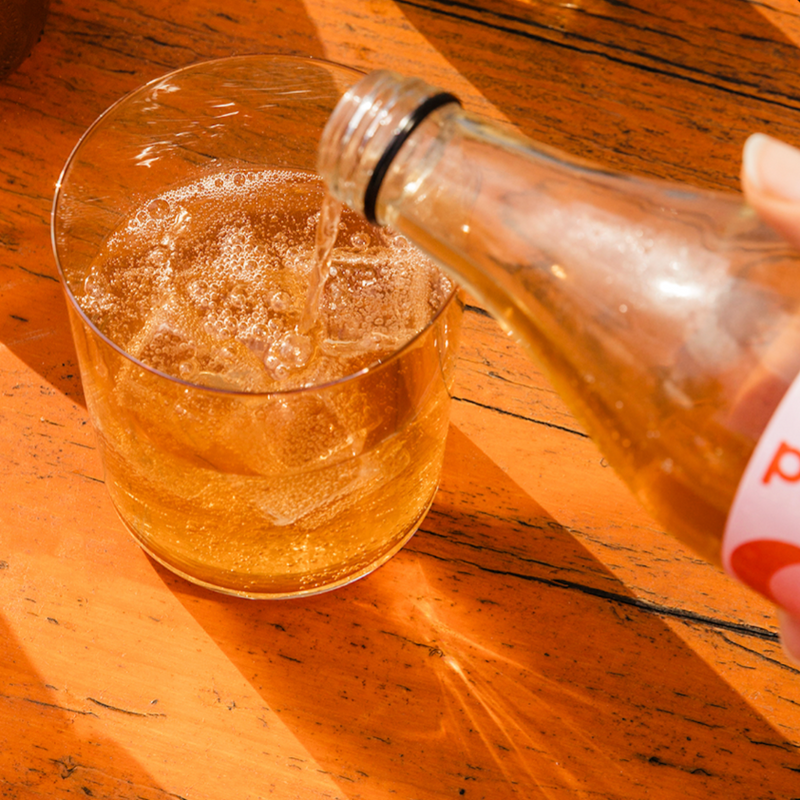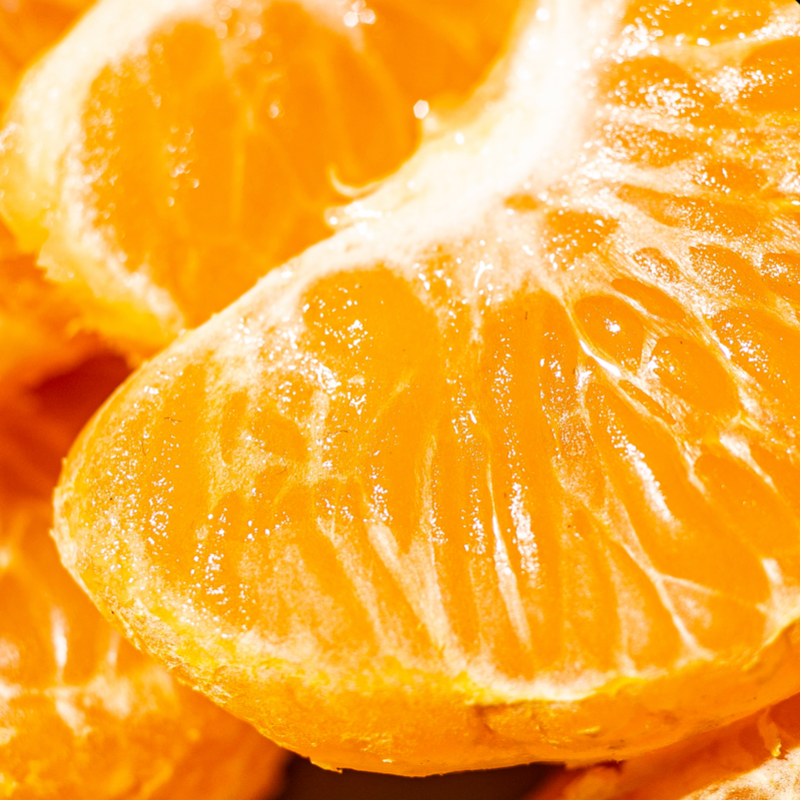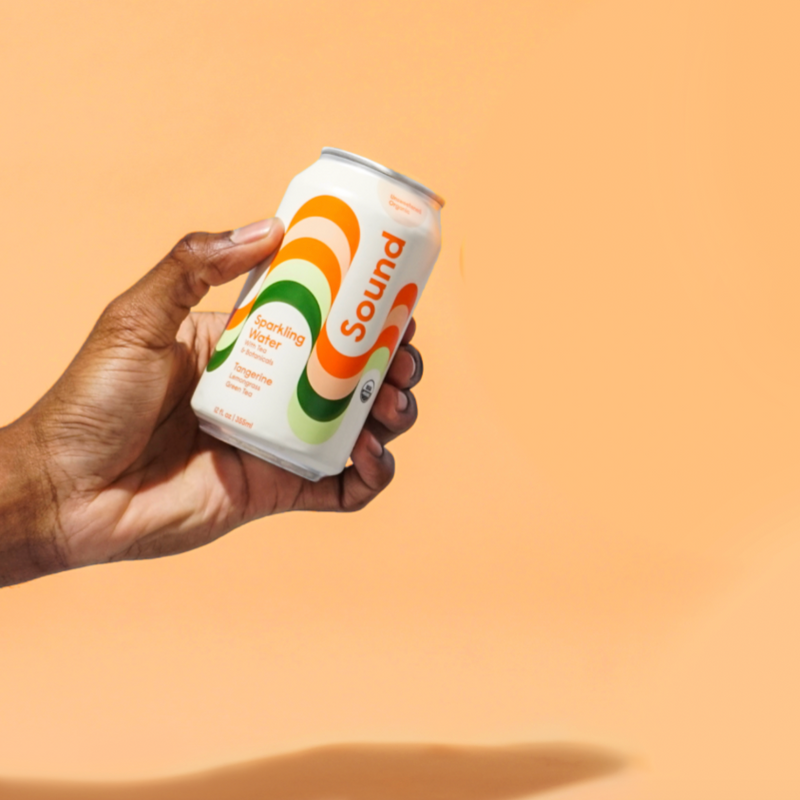Sugar is 100% addicting and science proves it.
Why should we even care to limit sugar?
Eating too much sugar creates a state of inflammation in the body, which we know is the cause of all disease from diabetes to cancer, and even is associated with how likely you are to get acutely ill. In addition to causing inflammation, too much sugar also makes us gain weight, which increases the chance of being diagnosed with chronic diseases. Salt usually is what comes to mind when talking about blood pressure, but too much sugar actually raises your blood pressure too; that’s important because high blood pressure is one of the leading causes of both heart and kidney disease. Plus, from a vanity perspective, eating too much sugar actually ages your skin! Adults, on average, are consuming 3-4x what is recommended; children are unfortunately eating even more than that (34 tsp vs the recommended 4).
First, what are added sugars?
Quickly, let’s define added sugars. They usually sneak their way into pre-packaged foods and are also purely found in ingredients like honey and agave. For pre-packaged food, you want to look at the ingredient list and remember that those first few ingredients are the heaviest in the product so we generally want to avoid those with a derivative of sugar as one of those first few ingredients. Added sugar can be guised under many (like over 50!) names. Here are a few common examples: fructose, dextrose, molasses, sucrose, cane sugar, fruit juice, and brown sugar (which is metabolized in the same way as white sugar). Let’s look at a nutrition label with added sugar:

Not every nutrition label will tell you how many grams of added sugar are inside (here, 12gm is equivalent to 1 tbsp or 3 tsp). However, nutrition labeling requirements are now requiring brands to do this. It just takes some time for everyone to make their labeling adjustments! When it comes to sugars that are naturally found in whole foods like fruit, vegetables, and beans – don’t worry so much about that. It’s the added sugars we want to be cautious about here.
So what happens when you remove added sugars from your diet.
We know that sugar is an addiction, so you can expect symptoms like headache, sugar cravings, and irritability in the week or so after removing added sugar. It is normal for certain times of day (afternoon slump, anyone?!) to be more difficult when it comes to cravings, but the key is to push through. After a week or so, those cravings should get better.
As a dietitian, I recommend making your meals and snacks as balanced as possible to help fight feelings of hunger and fatigue, which will make you crave more sugar. Include protein, healthy fats and fiber into meals as these three nutrients keep us feeling satisfied and keep our blood sugar balanced (which is great for inflammation, weight, energy and overall mood). In my opinion, it is totally fine to include carbohydrates like sweet potatoes and fruit but blood sugar will be more balanced by making the non-starchy veggies (ie spinach, broccoli, roasted carrots, arugula) the star of the plate and incorporating a protein as well, whether that’s eggs, fish, chicken or tofu. Carbs can be part of the plate, but for health, we generally want to make them more of a side kick.
If you’re used to adding honey or sugar to your coffee or tea in the am, you may be tempted to swap to artificial sweeteners during this time. I say - try to skip that. The research seems to show that these artificial sweeteners may actually make us crave more sweet and can negatively impact our gut health too.





